
John Singer Sargent Painting Reproductions 11 of 12
1856-1925
American Impressionist Painter
272 Sargent Paintings
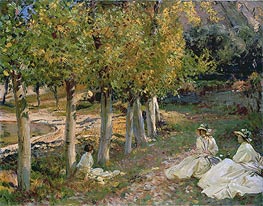
Autumn Leaves 1913
Oil Painting
$891
$891
Canvas Print
$73.36
$73.36
SKU: SAR-15383
John Singer Sargent
Original Size: 56 x 71 cm
National Gallery of Victoria, Melbourne, Australia
John Singer Sargent
Original Size: 56 x 71 cm
National Gallery of Victoria, Melbourne, Australia
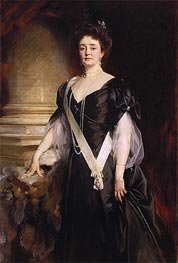
Louise, Duchess of Connaught 1908
Oil Painting
$1227
$1227
Canvas Print
$63.31
$63.31
SKU: SAR-15384
John Singer Sargent
Original Size: 163.7 x 109.8 cm
The Royal Collection, London, UK
John Singer Sargent
Original Size: 163.7 x 109.8 cm
The Royal Collection, London, UK

Arthur, Duke of Connaught 1908
Oil Painting
$1173
$1173
Canvas Print
$62.97
$62.97
SKU: SAR-15385
John Singer Sargent
Original Size: 163.8 x 110.2 cm
The Royal Collection, London, UK
John Singer Sargent
Original Size: 163.8 x 110.2 cm
The Royal Collection, London, UK
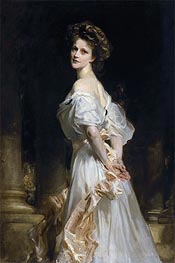
Nancy Astor 1906
Oil Painting
$1254
$1254
SKU: SAR-15386
John Singer Sargent
Original Size: unknown
Public Collection
John Singer Sargent
Original Size: unknown
Public Collection
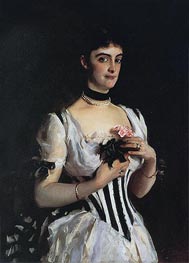
Mrs. Wilton Phipps c.1884
Oil Painting
$1155
$1155
Canvas Print
$67.40
$67.40
SKU: SAR-15387
John Singer Sargent
Original Size: 89 x 64.8 cm
Private Collection
John Singer Sargent
Original Size: 89 x 64.8 cm
Private Collection
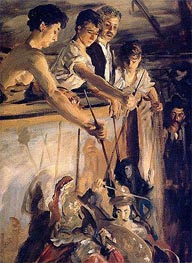
Marionettes 1903
Oil Painting
$1006
$1006
SKU: SAR-15388
John Singer Sargent
Original Size: 72.4 x 52 cm
Private Collection
John Singer Sargent
Original Size: 72.4 x 52 cm
Private Collection
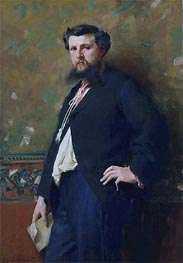
Edouard Pailleron 1879
Oil Painting
$1139
$1139
SKU: SAR-15389
John Singer Sargent
Original Size: 127 x 94 cm
Museum of Palace of Versailles, Paris, France
John Singer Sargent
Original Size: 127 x 94 cm
Museum of Palace of Versailles, Paris, France
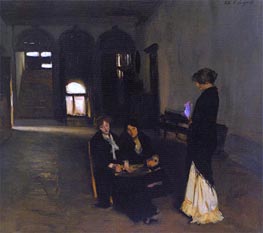
Venetian Bead Stringers c.1880/82
Oil Painting
$938
$938
SKU: SAR-15390
John Singer Sargent
Original Size: 66.8 x 78.2 cm
Albright-Knox Art Gallery, Buffalo, USA
John Singer Sargent
Original Size: 66.8 x 78.2 cm
Albright-Knox Art Gallery, Buffalo, USA
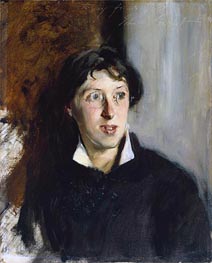
Vernon Lee 1881
Oil Painting
$781
$781
Canvas Print
$71.79
$71.79
SKU: SAR-15391
John Singer Sargent
Original Size: 53.7 x 43.2 cm
Tate Gallery, London, UK
John Singer Sargent
Original Size: 53.7 x 43.2 cm
Tate Gallery, London, UK
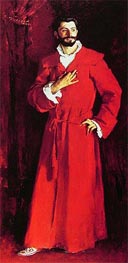
Dr Pozzi at Home 1881
Oil Painting
$1221
$1221
Canvas Print
$61.76
$61.76
SKU: SAR-15392
John Singer Sargent
Original Size: 204.5 x 111.6 cm
Private Collection
John Singer Sargent
Original Size: 204.5 x 111.6 cm
Private Collection
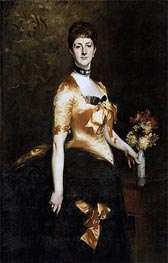
Edith, Lady Playfair (Edith Russell) 1884
Oil Painting
$1231
$1231
SKU: SAR-15393
John Singer Sargent
Original Size: 152 x 98.4 cm
Boston Museum of Fine Arts, Massachusetts, USA
John Singer Sargent
Original Size: 152 x 98.4 cm
Boston Museum of Fine Arts, Massachusetts, USA
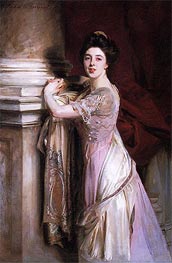
Izme Vickers 1907
Oil Painting
$1250
$1250
SKU: SAR-15394
John Singer Sargent
Original Size: 146 x 95.2 cm
Private Collection
John Singer Sargent
Original Size: 146 x 95.2 cm
Private Collection
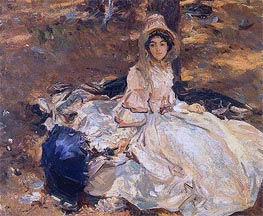
The Pink Dress 1912
Oil Painting
$788
$788
SKU: SAR-15395
John Singer Sargent
Original Size: 54 x 66 cm
Private Collection
John Singer Sargent
Original Size: 54 x 66 cm
Private Collection
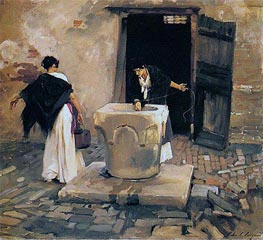
Venetian Water Carriers c.1880/82
Oil Painting
$894
$894
Canvas Print
$61.76
$61.76
SKU: SAR-15396
John Singer Sargent
Original Size: unknown
Worcester Art Museum, Massachusetts, USA
John Singer Sargent
Original Size: unknown
Worcester Art Museum, Massachusetts, USA
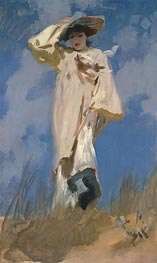
Judith Gautier (A Gust of Wind) 1883
Oil Painting
$728
$728
SKU: SAR-16829
John Singer Sargent
Original Size: 61 x 38 cm
Metropolitan Museum of Art, New York, USA
John Singer Sargent
Original Size: 61 x 38 cm
Metropolitan Museum of Art, New York, USA
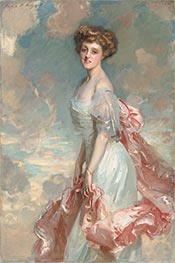
Miss Mathilde Townsend 1907
Oil Painting
$1264
$1264
Canvas Print
$62.29
$62.29
SKU: SAR-17744
John Singer Sargent
Original Size: 152.7 x 101.6 cm
National Gallery of Art, Washington, USA
John Singer Sargent
Original Size: 152.7 x 101.6 cm
National Gallery of Art, Washington, USA
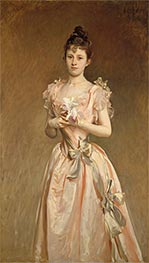
Miss Grace Woodhouse 1890
Oil Painting
$1259
$1259
Canvas Print
$61.76
$61.76
SKU: SAR-17745
John Singer Sargent
Original Size: 163 x 94 cm
National Gallery of Art, Washington, USA
John Singer Sargent
Original Size: 163 x 94 cm
National Gallery of Art, Washington, USA
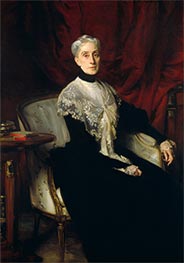
Ellen Peabody Endicott (Mrs. William ... 1901
Oil Painting
$1403
$1403
Canvas Print
$65.36
$65.36
SKU: SAR-17746
John Singer Sargent
Original Size: 163 x 114.3 cm
National Gallery of Art, Washington, USA
John Singer Sargent
Original Size: 163 x 114.3 cm
National Gallery of Art, Washington, USA

Peter Widener 1902
Oil Painting
$1325
$1325
Canvas Print
$61.76
$61.76
SKU: SAR-17747
John Singer Sargent
Original Size: 149 x 98.4 cm
National Gallery of Art, Washington, USA
John Singer Sargent
Original Size: 149 x 98.4 cm
National Gallery of Art, Washington, USA
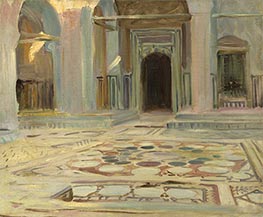
Pavement, Cairo 1891
Oil Painting
$803
$803
Canvas Print
$77.27
$77.27
SKU: SAR-17748
John Singer Sargent
Original Size: 48.3 x 58.4 cm
National Gallery of Art, Washington, USA
John Singer Sargent
Original Size: 48.3 x 58.4 cm
National Gallery of Art, Washington, USA
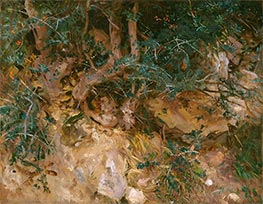
Valdemosa, Majorca: Thistles and Herbage on a Hillside 1908
Oil Painting
$1448
$1448
Canvas Print
$72.51
$72.51
SKU: SAR-17749
John Singer Sargent
Original Size: 55.8 x 71 cm
National Gallery of Art, Washington, USA
John Singer Sargent
Original Size: 55.8 x 71 cm
National Gallery of Art, Washington, USA
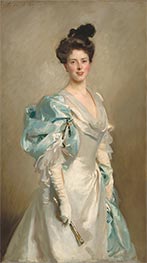
Mary Crowninshield Endicott Chamberlain (Mrs. ... 1902
Oil Painting
$1462
$1462
Canvas Print
$61.76
$61.76
SKU: SAR-17750
John Singer Sargent
Original Size: 150.5 x 83.8 cm
National Gallery of Art, Washington, USA
John Singer Sargent
Original Size: 150.5 x 83.8 cm
National Gallery of Art, Washington, USA
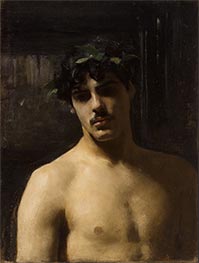
Man Wearing Laurels c.1874/80
Oil Painting
$832
$832
Canvas Print
$61.76
$61.76
SKU: SAR-18006
John Singer Sargent
Original Size: 44.5 x 33.5 cm
Los Angeles County Museum of Art, California, USA
John Singer Sargent
Original Size: 44.5 x 33.5 cm
Los Angeles County Museum of Art, California, USA
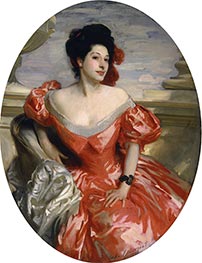
Betty Wertheimer 1908
Oil Painting
$1667
$1667
Canvas Print
$71.82
$71.82
SKU: SAR-18166
John Singer Sargent
Original Size: 128.3 x 100 cm
Smithsonian American Art Museum, Washington, USA
John Singer Sargent
Original Size: 128.3 x 100 cm
Smithsonian American Art Museum, Washington, USA